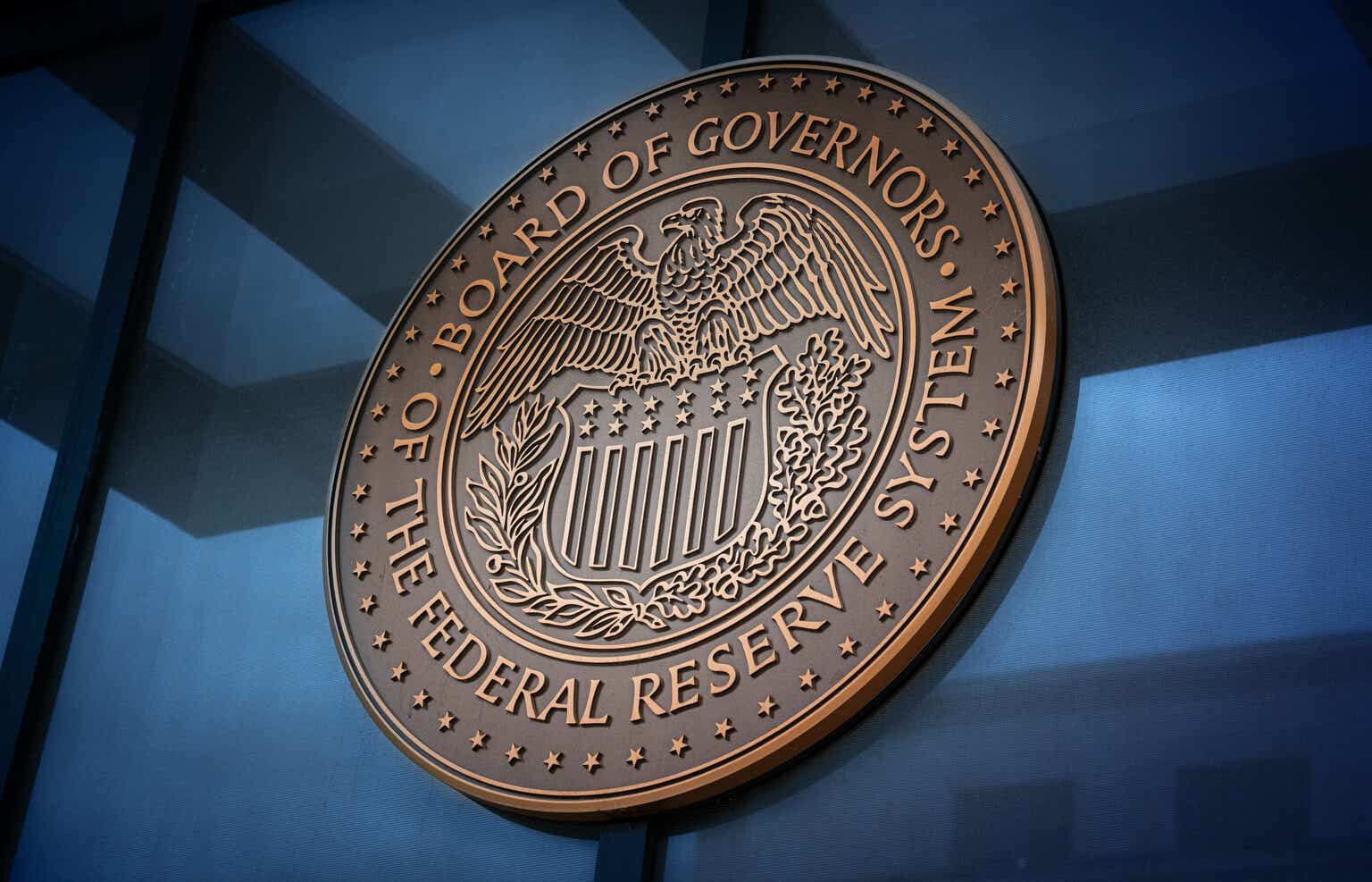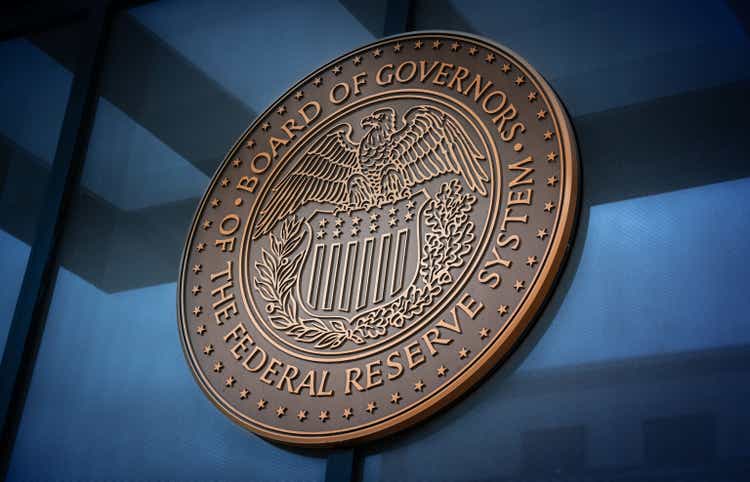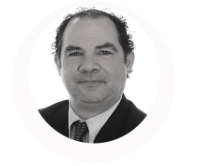Fed Watch: Push back, push back, step back

L.D.
Kevin Flanagan
The Federal Reserve also kept interest rates unchanged at the May FOMC meeting. As a result, the federal funds trading range remains in the 5.25-5.50% band introduced in July 2023, still at its highest level in more than two decades. For those people Keeping track, this represents the sixth consecutive FOMC meeting where policymakers have decided to take no action on the interest rate front. Despite economic and inflation data that continues to challenge interest rate cut expectations, Powell & Co. still seems to expect a rate cut to occur later this year more likely. But what investors are finding is that these potential relief measures continue to be pushed back, increasing uncertainty about what this potential rate cut event will ultimately look like.
While the Fed did what was widely expected Once again, the federal funding target was left unchanged, which is a relatively new expectation. The monetary policy outlook here in the United States has completely changed so far in 2024. Just a few months ago, money and bond markets were looking for six interest rate cuts this year. However, as of this writing, the implied probability of federal funds futures is priced at less than two rate cuts. It’s really surprising to see interest rate cut expectations decline from twice the Fed’s dot plot to less than the three movements the Fed predicts. Additionally, initial easing measures were extended from March to June and now into September.
Against this backdrop, investors have been trying to find out exactly what Powell & Co. will do at the remaining five FOMC meetings this year. Policymakers’ reliance on data is evident. To be sure, labor market and inflation data have not only left the Fed with no urgency to consider easing monetary policy any time soon, but have also raised questions about whether rate cuts are necessary at all. As a result, voting members seem to believe they can sit back and be patient.
But looking ahead, we see that while Chairman Powell is eager to cut interest rates, he needs the data to lead him there. But what exactly does that mean? In my view, new progress on inflation is needed, and of course some easing of labor market conditions would help the Federal Reserve Chairman achieve his goals.
Also, let’s not forget quantitative tightening (QT). Although the Fed has not yet cut interest rates, the focus is on balance sheet planning. While the imminent end of QT does not appear to be on the table at the moment, reducing the pace of balance sheet runoff will now be part of the 2024 monetary policy environment.
conclusion
What should investors pay attention to in terms of monetary policy going forward? If history is any guide, the Fed won’t start cutting interest rates without guidance on that. At this point, I’d like to start with the Fed’s dot plot and say that probably less than three rate cuts seems like a reasonable scenario. However, things can change quickly so stay tuned.

Kevin Flanagan, Head of Fixed Income Strategy
As a member of WisdomTree’s Investment Strategy Group, Kevin serves as Head of Fixed Income Strategies. In this role, he contributes to the asset allocation team, writes fixed income-related content, travels with the sales team, conducts meetings with clients, and provides expertise on WisdomTree’s existing and future bond ETFs. Kevin also works closely with the Fixed Income team. Prior to joining WisdomTree, Kevin spent 30 years at Morgan Stanley, where he served as Managing Director of Wealth Management and Chief Fixed Income Strategist. He was responsible for making tactical and strategic recommendations and created asset allocation models for fixed income. He was a contributor to Morgan Stanley Wealth Management’s Global Investment Committee, a lead author for Morgan Stanley Wealth Management’s monthly and weekly fixed income publications, and worked with the firm’s Research and Consulting Group divisions to build ETF and fund manager asset allocation models. Kevin holds an MBA from Pace University’s Lubin School of Business and a Bachelor’s degree in Finance from Fairfield University.
original post



